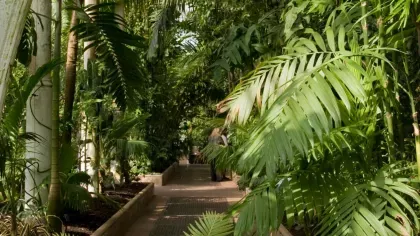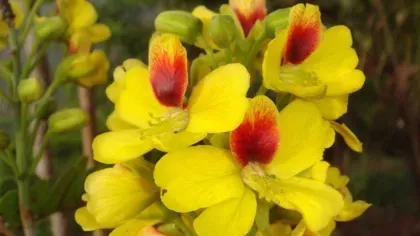23 August 2019
The Amazon is burning. Will the world just watch?
Director of Science, Professor Alexandre Antonelli, responds to the widespread fires burning across the Amazon in Brazil.

The Amazon is burning. Unnaturally, illegally, irreversibly. Will the world just watch?
The Amazon is the most biodiverse forest on Earth. The alarmingly high number of human-triggered fires happening right now in the southern deforestation zone is releasing vast quantities of greenhouse gases into the atmosphere and posing a severe threat to thousands of plant and animal species.
Most of these have inhabited the region for hundreds of thousands of years, and many could contain important properties for our societies – such as cures for yet untreatable diseases.
There will be far-reaching effects on the region’s ecosystem, likely leading to the conversion of rainforest into land for the production of soya and meat.
This is a matter of deep concern for all people, but as a Brazilian citizen I feel particularly troubled.
The so-far unsubstantiated allegations that these fires are being caused by NGOs – whose crucial work in conservation cannot be understated – provide nothing but a distraction from factual evidence.
Immediate action is necessary to extinguish the current fires and prevent future ones.
Unfortunately, these fires are just another in a series of events leading to increased deforestation – including increased illegal and legal logging and armed conflicts with indigenous communities.
The world’s leaders, industry, and all of us must do all we can to stop this tragedy.
Import sanctions of Brazilian produce to decrease demand, consumer boycotts, and soft power provide perfectly legal and demonstrably powerful tools to trigger change.
The world is watching.
Kew in Brazil
Kew is helping to safeguard global biodiversity, including that of Brazil. Scientists in our Plant Assessment Unit are working to assess the extinction risk faced by plant species. A key output of their work involves assessing Myrcia, a Neotropical genus of trees and shrubs which form an important component of the diversity in some of Brazil's most threatened habitats.
Additionally, our Reflora programme, run in partnership with the Brazilian National Council for Science & Technology (CNPq) is extending the knowledge, sustainable use and conservation of Brazilian flora with benefits for environmental policy, the economy and the management of resources.




